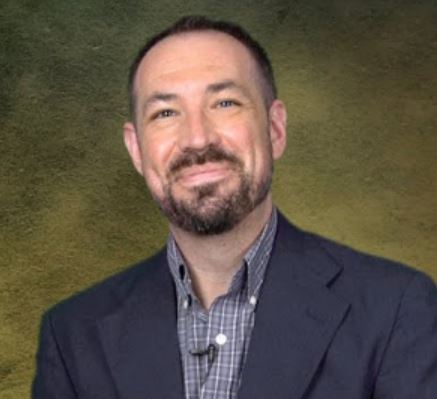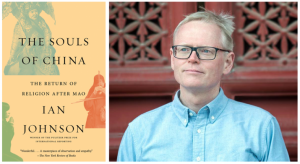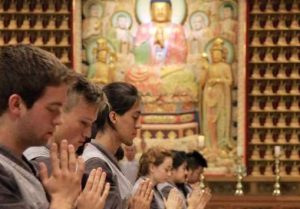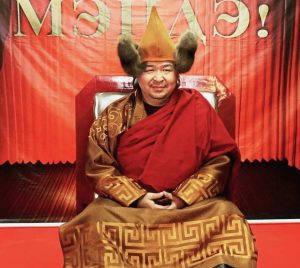Wynn Bruce, a 50-year-old Buddhist practitioner and climate activist, died after setting himself on fire last Friday on the steps of the US Supreme Court. Bruce’s death, which occurred on Earth Day, has revived discussion among Buddhists about the sanctity of life, activism, and self-immolation.
Early reports stated that Supreme Court Police, US Capitol Police, and the DC Metropolitan Police Department had responded to an incident at the plaza in front of the US Supreme Court at around 6:30 pm local time. A spokesperson for the Supreme Court said at the time that the person was airlifted to a local hospital, adding: “The area remains closed for further investigation, but this is not a public safety issue.” (CNN)
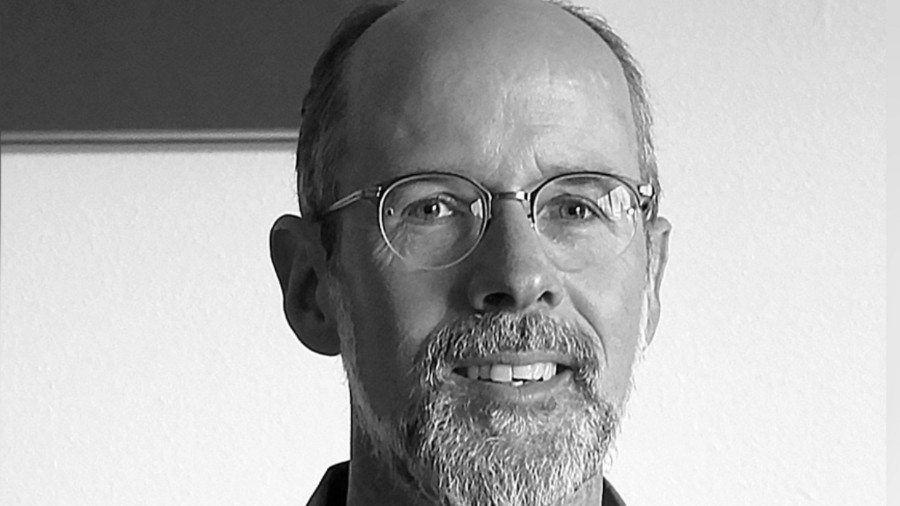
On Sunday, it was announced that Bruce had died the day before. As friends, teachers, and fellow practitioners caught word of Bruce’s death, it became clear that Bruce intended his act to draw attention to the climate crisis.
Dr. Kritee Kanko, a Zen Buddhist priest and climate scientist, wrote on Twitter: “This guy was my friend. He meditated with our sangha. This act is not suicide. This is a deeply fearless act of compassion to bring attention to climate crisis. We are piecing together info but he had been planning it for at least one year. #wynnbruce I am so moved.” (Twitter)
This guy was my friend. He meditated with our sangha. This act is not suicide. This is a deeply fearless act of compassion to bring attention to climate crisis. We are piecing together info but he had been planning it for atleast one year. #wynnbruce I am so moved. https://t.co/bHoRaLK6Fr
— Dr. K. Kritee (@KriteeKanko) April 24, 2022
Bruce lived in Boulder, Colorado, just 20 miles from the Rocky Mountain Ecodharma Retreat Center, where he regularly attended retreats. On Monday, David Loy shared a statement on Wynn Bruce from the Buddhist teachers and board members of the center:
As we grieve the death of our friend Wynn Bruce and prepare a memorial page to honor him, we want to emphasize that none of the Buddhist teachers in the Boulder area knew about his plans to self-immolate on this Earth Day. If we had known about his plans, we would have stopped him in any way possible. That would be our spiritual, moral and legal responsibility. Just like everyone else, we have been trying to figure out what happened.
Buddhists take a vow to protect all life and reduce all suffering. We are committed to creative and strategic movement building at the interface of racial healing, justice and climate action. We also lead grief circles so that people can share and work through their trauma in the presence of a loving community. We have never talked about self-immolation, and we do not think self-immolation is a climate action. Nevertheless, given the dire state of the planet and worsening climate crisis, we understand why someone might do that. There has been self-immolation in Buddhist history to highlight atrocities committed against Tibetan and Vietnamese people. But that is not something that we would ever encourage. We hope we can hear Wynn’s message without condoning his method.
— by David R. Loy, Kritee Kanko, Johann Robbins, Peter Williams, Jean Leonard, Lin Gordon, Howard Evergreen and Jesse Dow
(Facebook)
According to his Facebook account, Bruce was a follower of Shambhala Buddhism, founded by Chögyam Trungpa Rinpoche, which combines Tibetan Buddhism and principles aimed at living an engaged life in the contemporary world. Bruce had also written on Facebook of his appreciation of the late Vietnamese Buddhist monk Thich Nhat Hanh.
The act of self-immolation has drawn comparisons to the death of Tich Quang Duc, a Vietnamese monk who burned himself to death while sitting in a mediation posture in a busy Saigon intersection in 1963. Quang Duc’s action was regarded as a protest against the persecution of Buddhists in South Vietnam by the Catholic government at the time.
In more recent years, well over 100 Tibetans have self-immolated, both in Tibet and elsewhere, in protest against the Chinese government. As a form of political protest, His Holiness the Dalai Lama has explained self-immolation as a form of non-violence, saying: “I think the self-burning itself on practice of non-violence. These people, you see, they [could instead] easily use bomb explosive, [causing] more casualty people. But they didn’t do that. Only sacrifice their own life. So, this also is part of practice of non-violence.” (ABC)
And in 2018, David Buckel, a lawyer and environmental advocate self-immolated in Prospect Park, Brooklyn, New York. In an email Buckel sent to the media before he died, he wrote: “Most humans on the planet now breathe air made unhealthy by fossil fuels, and many die early deaths as a result—my early death by fossil fuel reflects what we are doing to ourselves.” (WMUR)
Buddhism’s stance on the practice is complex, as historical texts and leaders have largely upheld the importance of life and the immorality of taking any life, including one’s own. Robert Barnett, a London-based researcher of modern Tibetan history and politics said: “Killing yourself is considered damaging in Buddhism because life is precious. But if a person self-immolates because of a higher motivation and it’s not out of a negative emotion such as depression or sadness, then the Buddhist position becomes far more complex.” (The Globe and Mail)
In one story from the Jataka Tales of the previous lives of the Buddha, the then-bodhisattva offers his own body to a starving tigress when he sees her with five emaciated cubs. This spontaneous up-welling of generosity is lauded amongst Buddhists, but it is emphasized that it manifested after many lifetimes of gradual practice of overcoming negative emotions.
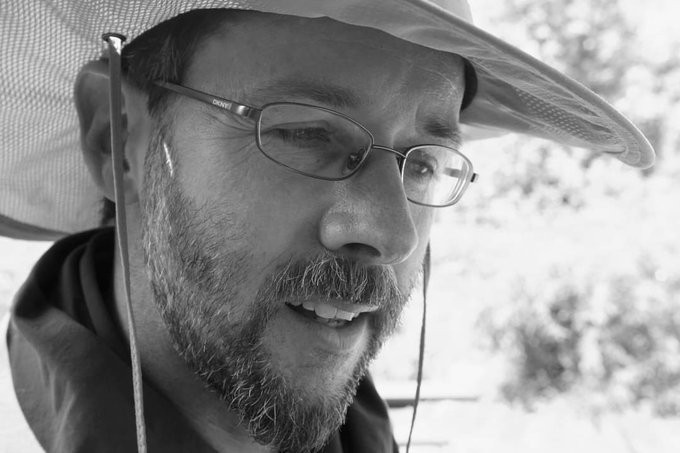
Wynn Bruce’s father, Douglas Bruce, has said in an interview: “I agree with the belief that this was a fearless act of compassion about his concern for the environment.” (The Washington Post)
Roshi Joan Halifax, a climate activist and abbot of the Upaya Zen Center in Santa Fe, New Mexico, said: “What we’re seeing today among many people is hopelessness. What we are called to do is not to be disabled by that sense of futility, but to transform our moral suffering into wise hope and courageous action.” (The Globe and Mail)
Halifax added that there was room for optimism: “You see that people are waking up to the magnitude of the climate catastrophe.” She also noted that countries and corporations are moving away from damaging practices and toward clean energy. “I feel inspired and hopeful by our ability to change and adapt in this ever-changing world,” she observed. “My heart is heavy that [Bruce] did not have that kind of optimism.” (The Globe and Mail)
See more
Person sets self on fire at Supreme Court plaza (CNN)
Dalai Lama shares wisdom on dissent, death and politicians (ABC)
A man who died after self-immolating in front of Supreme Court was a climate activist (WMUR)
Climate activist’s self-immolation stirs questions on faith, protest (The Globe and Mail)
Meet Wynn Alan Bruce: Climate Activist Dies After Setting Himself on Fire (The Teal Mango)
Outside the Supreme Court, a life of purpose and pain ends in flames (The Washington Post)
Related news reports from BDG
Hope and Sacrifice on Earth Day
Climate Crisis: 2,185 Scientists, Academics Call for Fossil Fuel Non-Proliferation Treaty
Dalai Lama, Greta Thunberg, and Scientists to Discuss Crisis of Climate Feedback Loops
Buddhist Teacher David Loy Briefly Detained in Denver During Climate Protests
Ice Chorten in Ladakh Becomes a Buddhist Symbol of the Climate Change Crisis
Related features from BDG
Life is Precious: Buddhist Measures in Suicide Prevention
The Earth Holder Community, Branching Out
Global Systemic Crisis and Buddhism: Toward a Change of Paradigm
Building a Climate Crisis Toolkit with Buddhist Wisdom
Buddhistdoor View: The Climate Crisis and Our Collective Need to Wake Up
Dharma in Action: Tackling the Climate Change Crisis


